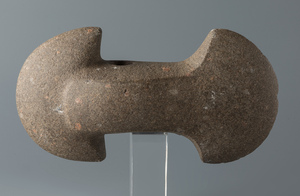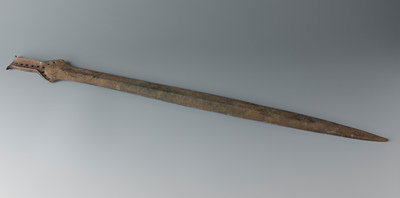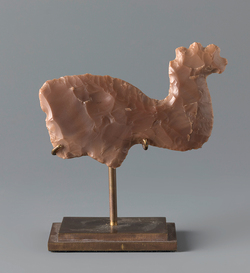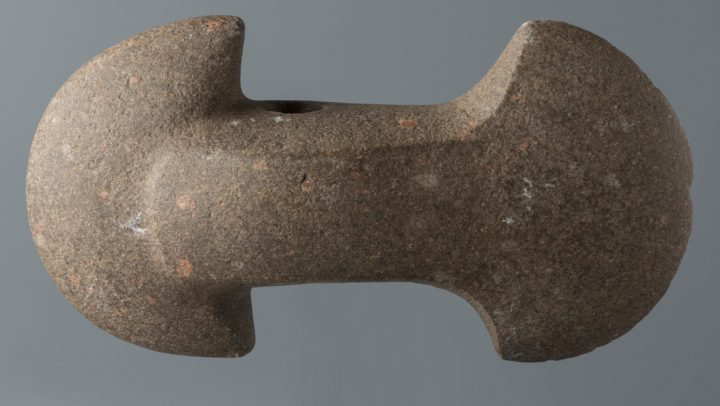On March 9, Setdart will hold one of its longest-running auctions in terms of the dating of the pieces. Its wide range includes a careful selection of weapons dating from the Lower Paleolithic (whose beginning dates back to 300,000 BC) to the Neolithic and the Age of Metals, as well as Egyptian idols from the Nagada II period.
Setdart’s prehistoric itinerary takes as its starting point a selection of 80 weapons that take us back to the beginning of time and remind us of the importance of the lithic industry in the development of human beings, allowing Prehistoric Man to adapt to the environment and form sedentary communities. Axes, battle axes, knives and daggers of different materials and origins are distinguished by their excellent state of preservation and their extraordinary quality, taking into account the years that these tools carry behind their backs.


The auction continues with a collection of European swords dating back to the Bronze Age, whose extremely sharp blades and the forcefulness of their forms testify to their effectiveness and defensive power. Special mention should be made of the collection of up to 20 flint points, dated between 13000-1000 B.C., used by Native American Indian peoples for fishing, hunting, defense and even as ceremonial objects.
As an epilogue to such a captivating bidding, Setdart is auctioning a compilation of Egyptian idols from the Nagada II period (3300-2900 BC). Their fascinating provenance (they were originally part of the private collection of Egyptologist Robert Rustafjaell (1859-1943) and were later acquired by The Heckscher Museum of Art in New York, and were even exhibited in its galleries) demonstrates once again how archaeological collecting never goes out of fashion, captivating new and experienced collectors alike.




